What determines the value of the diamond is the color, cut, clarity, and carat. All of these factors determine how light reflects and refracts to create an impression that glows. However, the diamond shape determines the overall style and look of the engagement ring.
Here is our guide at MICHAEL M for diamond shapes to check out.
Related: 10 ROMANTIC PROPOSAL IDEAS
Center Stone Diamond Shapes
Here are a few of the most popular diamond shapes that MICHAEL M offers. We’ll talk about round, square, cushion, emerald, marquise, oval, asscher, pear, radiant, and heart diamonds. All our designs are made to allow any center stone shape to be custom-fitted. For more information, contact your nearest Authorized Retailer.
Rounded Diamond Shape

Rounded diamond shapes are the most common engagement rings for the bride-to-be. It’s the combination of the shape and how the diamond is cut that creates this classic round brilliant.
Round brilliants get their namesake because they sparkle and scintillate the most. These diamonds catch the light better than any other shape because of their spherical silhouette.
Square
Princess Cut

The most popular square shape is the princess cut. It’s a more modern design for a diamond engagement ring. Because the corner of the diamond is elevated, it’s more vulnerable to damage by a slight impact such as digging in the trunk of the car or swiping it on the doorway. Prongs, like the ones featured on PRINCESS R465-2, can protect princess cut center stones from damage. Princess cut diamonds are popular because of their boxy, geometrical appeal.
Asscher

The Asscher Cut is a geometric shape that works very well with diamonds that have fewer inclusions. This is because of the step light cut that looks like a window, therefore, allowing the inclusions to be more visible. Thus, the clarity grade of this diamond is often higher in level.
This type of cut is related to the emerald style. Both styles have flat corners, but Emerald-cut diamonds are rectangular while Asscher Cuts are square. Asscher Cuts have a higher degree of symmetry.
Radiant

If you love both the emerald and round diamond, then picking the radiant cut would be an excellent choice. This type of style is the characteristic between these two designs. However, the radiant cut is similar to the round cut style, except it has a squared-off appearance to it. This makes it perfect for the modernized style. It was first invented by Henry Prospered in 1977 in hopes of optimizing beauty no matter the type of diamond.
Emerald

The emerald cut contains a unique facet of the arrangement, which is cut in a parallel direction to create an optical illusion. The unique step-like cut elevates the clarity of the diamond. The emerald shape is usually rectangular, but the length-to-weight ratio can be different. Most emerald cut diamonds are placed vertically with the longest sides running perpendicular to the ring.
Cushion

Celebrities love to wear this breathtaking diamond ring due to its slight curvature and glimmer. This shape has a round corner and significant facet to elevate the radiance. However, the cushion cut can be rounded and square or rounded and rectangular. The massive facet helps highlight the diamond's clarity. Types of cushion cut diamonds include the Miner Cut (most popular in the Victorian Era with bigger culets), Cushion Modified (with an extra row of facets), and Cushion Brilliant (more similar to the Round Brilliant with more culets or no culets).
Marquise

The marquise diamond can increase the carat weight, therefore giving you a larger looking diamond.
Oval

An oval diamond has various types of length-to-weight ratio. The shapes are arranged differently and tend to be more noticeable when you look at it from the top.
Pear

The pear shape cut gives it a fresh appearance and is very similar to the round and marquise cut. The design is a dynamic look, and it appears like a teardrop diamond that can make a perfect solitaire engagement ring.
When it comes to the pear cut, symmetry plays the central role. Any mistake in the proportion can destroy the quality of the diamond.
This type of style fits very well with individuals who appreciate the traditional round-cut but is looking for something more innovative.
The Difference Between Cut and Shape
It is true that you must cut the diamond to create a shape, but the shape is the overall geometry or form of the diamond. The cut, on the other hand, is the diamond's proportion and facets, which gives the diamond their fire and brilliance.
Brilliance vs. Step Cuts: Which is the Best?
There are two types of diamond cuts, the brilliance and step. Brilliant cut diamonds tend to have a rectangular base or facets that radiate towards the center.
The step cut, on the other hand, is longer and has narrower facet in rows creating a "hall of mirrors" effect.
Related: ENGAGEMENT RING SPOTLIGHT: THE STRADA
Brilliant cut
The round diamond is the ultimate brilliance with an ideal of 57 facets reflecting light.
The princess cut does not direct light back to the center as effectively as the round cut, but it has similar levels of brilliance and fire.
The oval, pear, and marquise diamond shapes are difficult to cut because of its bowtie appearance.
With these fancy cut diamonds, the visible area tends to direct the light towards the center of the stone.
Despite the difficulties, a well-cut oval, pear, and marquise can be very stunning.
Step cut
The emerald cuts have fewer facets, and can easily appear dull. It’s mainly because of this imperfection that is more noticeable, which may require an investment for higher clarity to achieve quality diamond.
If you prefer the step cut, but want more brilliance at a more reasonable price, then definitely check out the Asscher diamond.
Diamond Setting Options
When it comes to the shapes of the diamonds, it’s essential to check how many setting options that it has.
If you’re looking for a setting that is already designed, some diamond shapes will have more choices for you. The round diamond shape tends to have more settings. However, with its growing popularity, it puts the princess cut at an increased availability.
There are fewer premade settings for radiant and cushion shapes because both are styles are between the round and princess cut, but can have custom-made settings for them.
The oval diamonds also have fewer settings available, but they are often used in color gemstone.
Diamond Cost by Shape
When it comes to choosing an engagement ring, the budget plays a significant role. Here’s how the diamond shape can affect the price:
- True Asscher diamonds tend to be a bit pricier.
- A well-cut emerald is higher in price, especially if it has elevated clarity.
- The round brilliant can cost a lot because of its high demand and durability.
- The princess, cushion, oval, marquise, pear, and tends to be more affordable.
Next Steps
Now that you know what kinds of diamond shapes are available, how do you begin your journey to create the perfect ring? After browsing more selections at MICHAEL M, find your nearest Authorized Retailer to discuss sizing, center stone options, and more choices. In the end, the style is up to you - but don’t sacrifice quality. At MICHAEL M, we never falter in our commitment to using G color, VS quality diamonds.
If you are curious about which diamond to select, then check out MICHAEL M Collection for more options.
Related: HOW TO CHOOSE A WEDDING RING
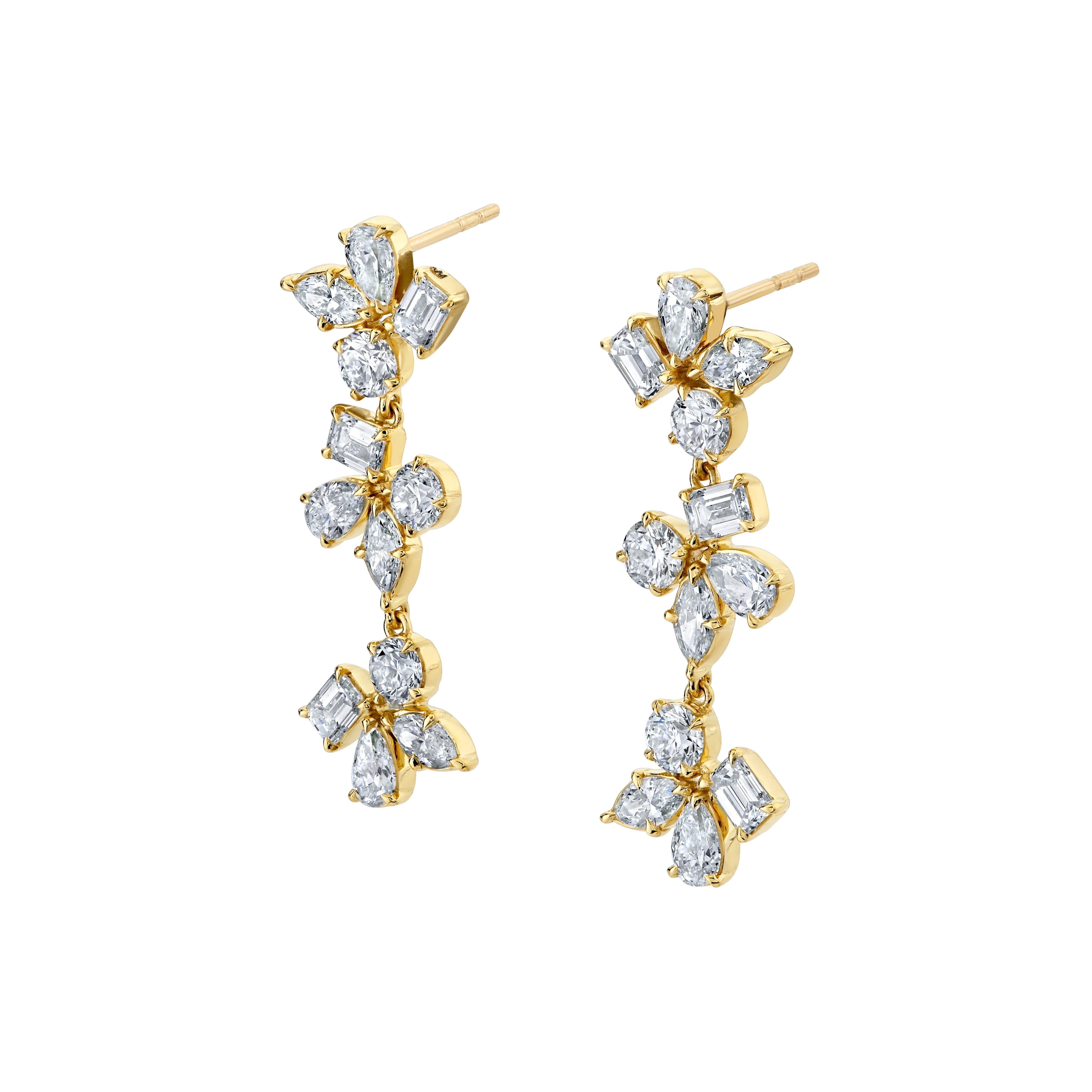
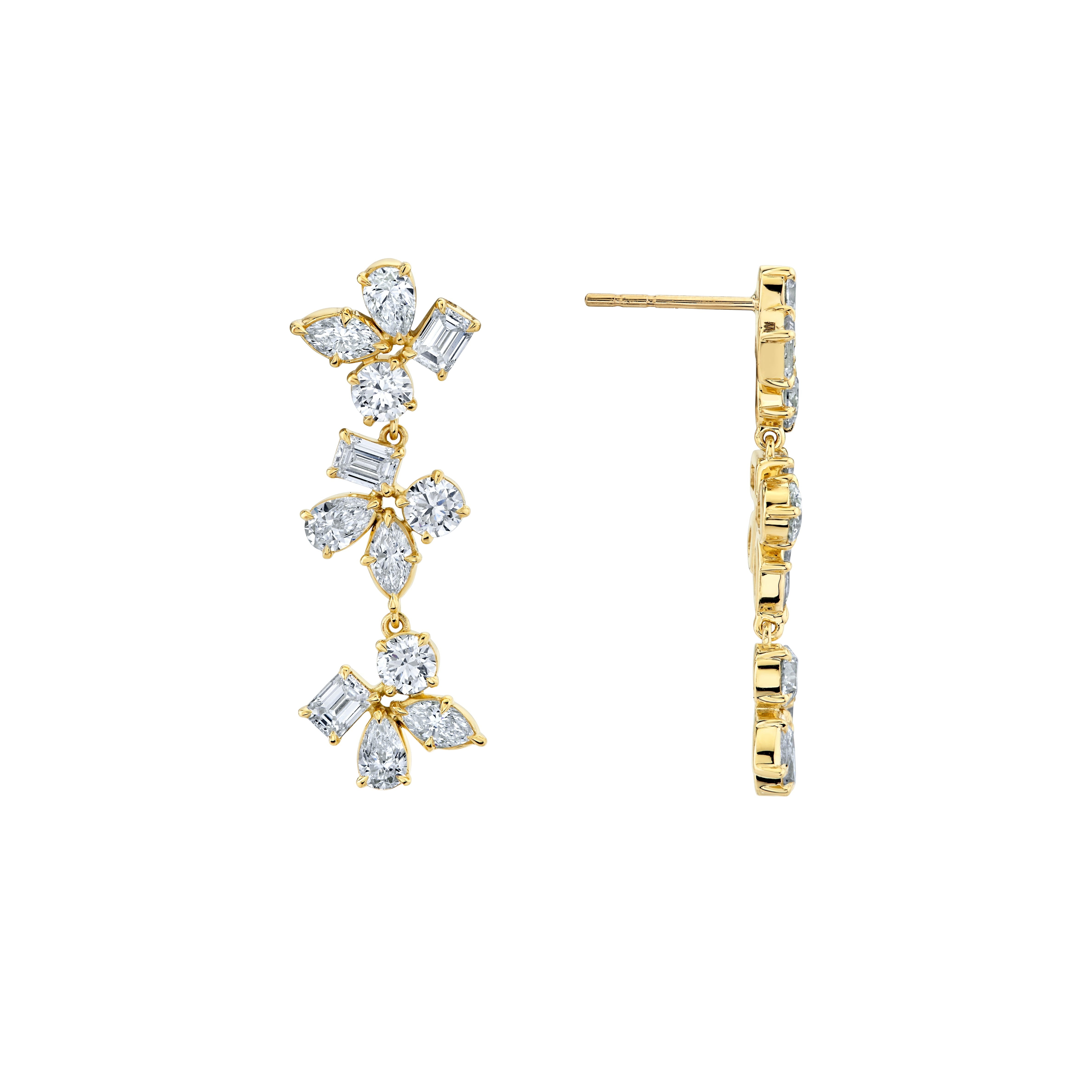
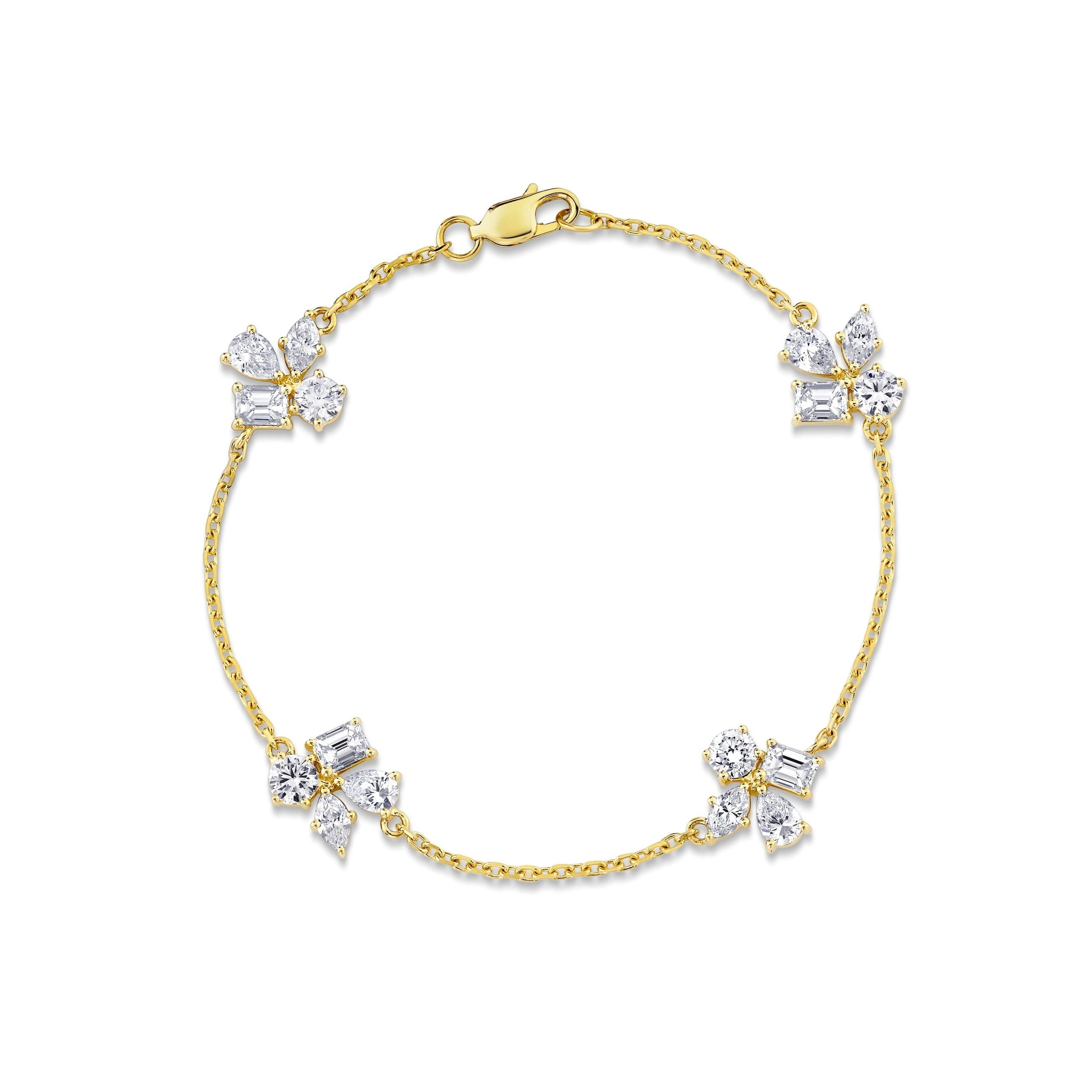
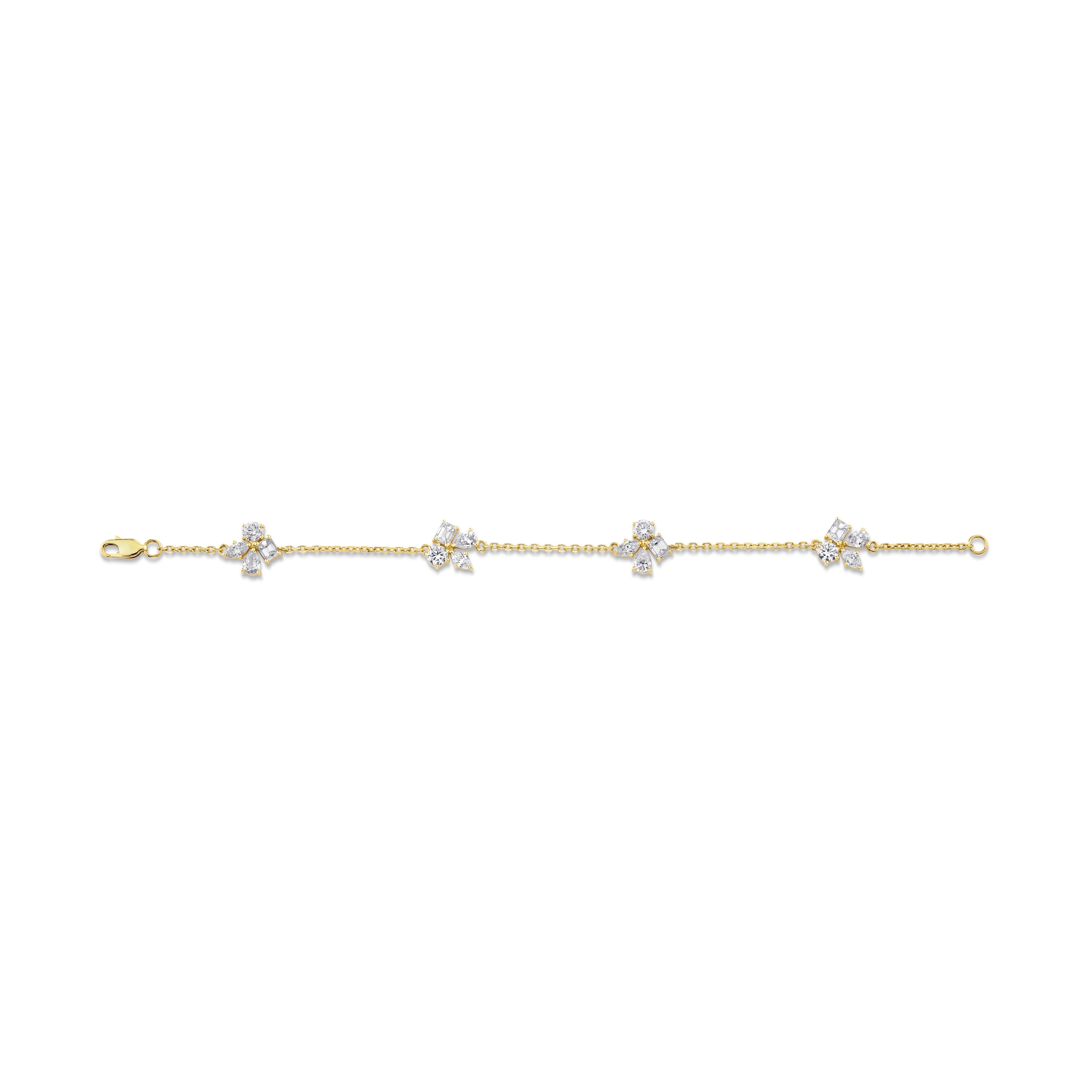
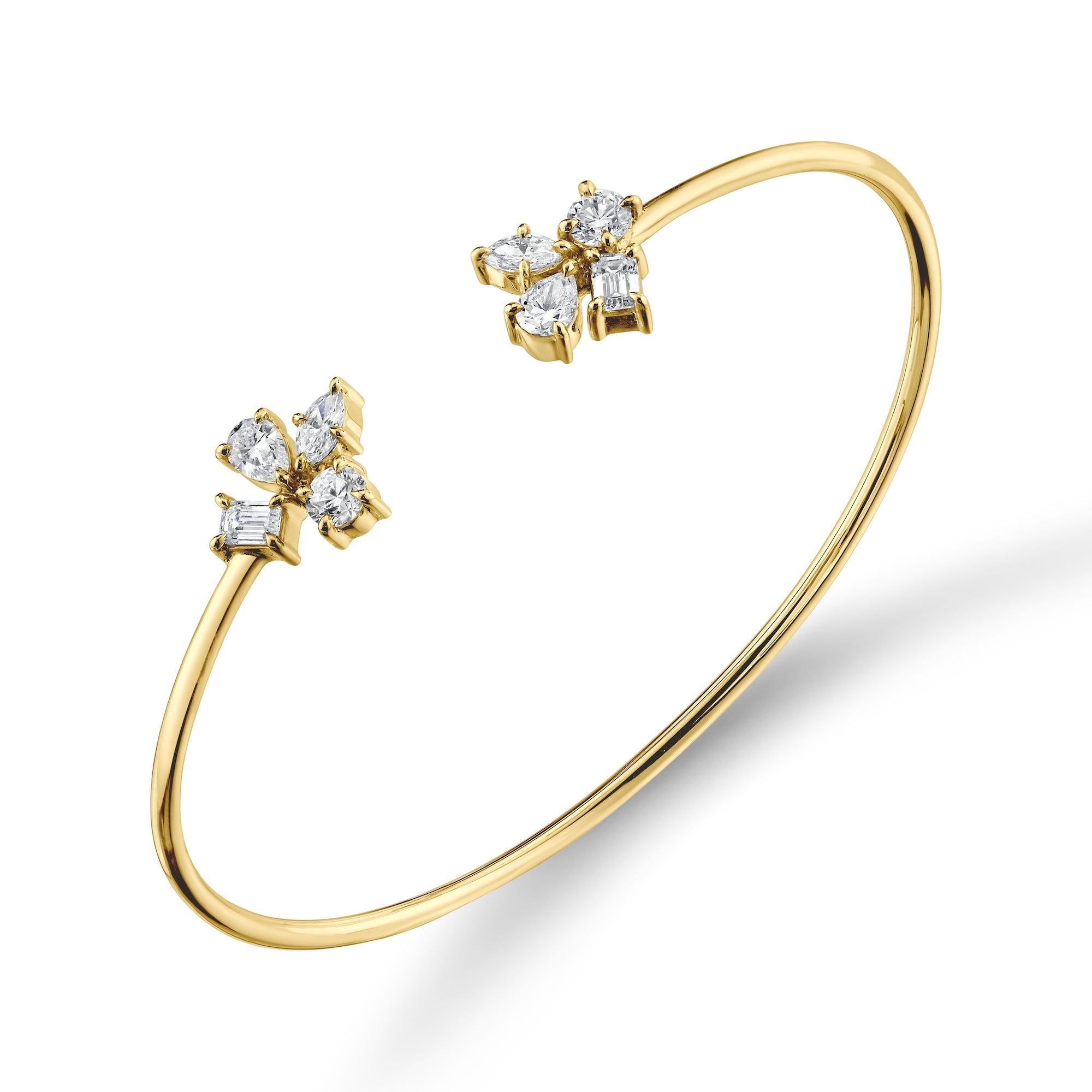
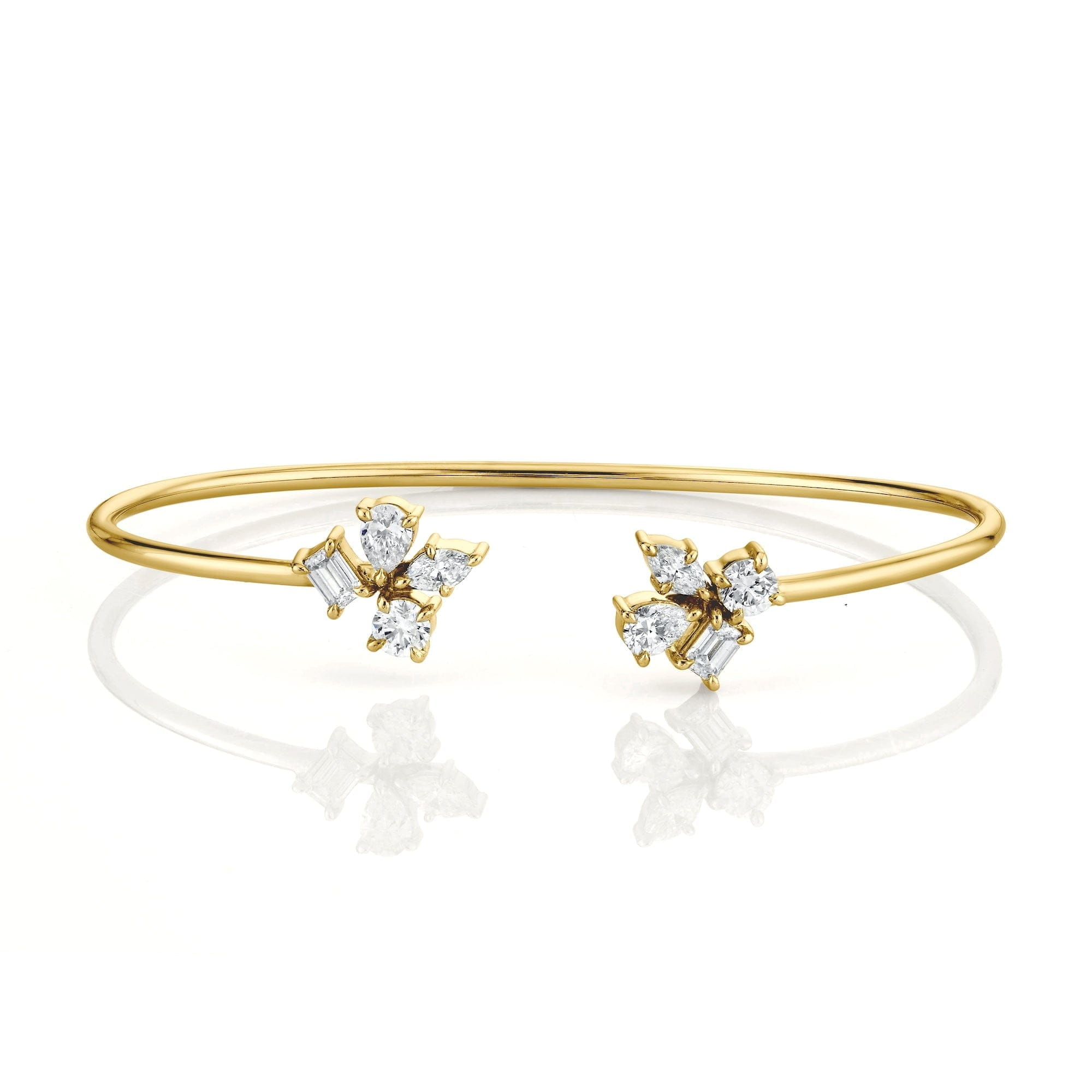

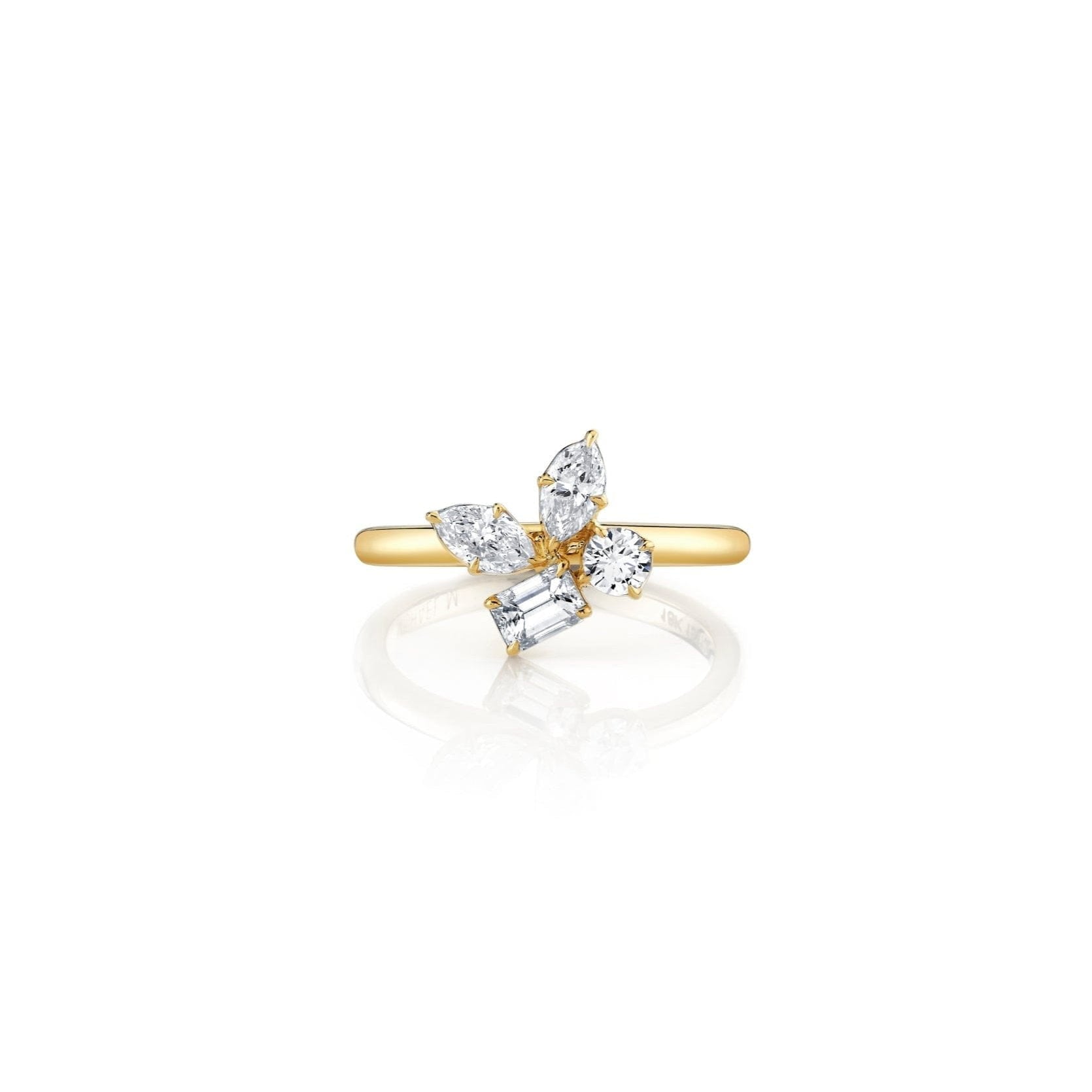
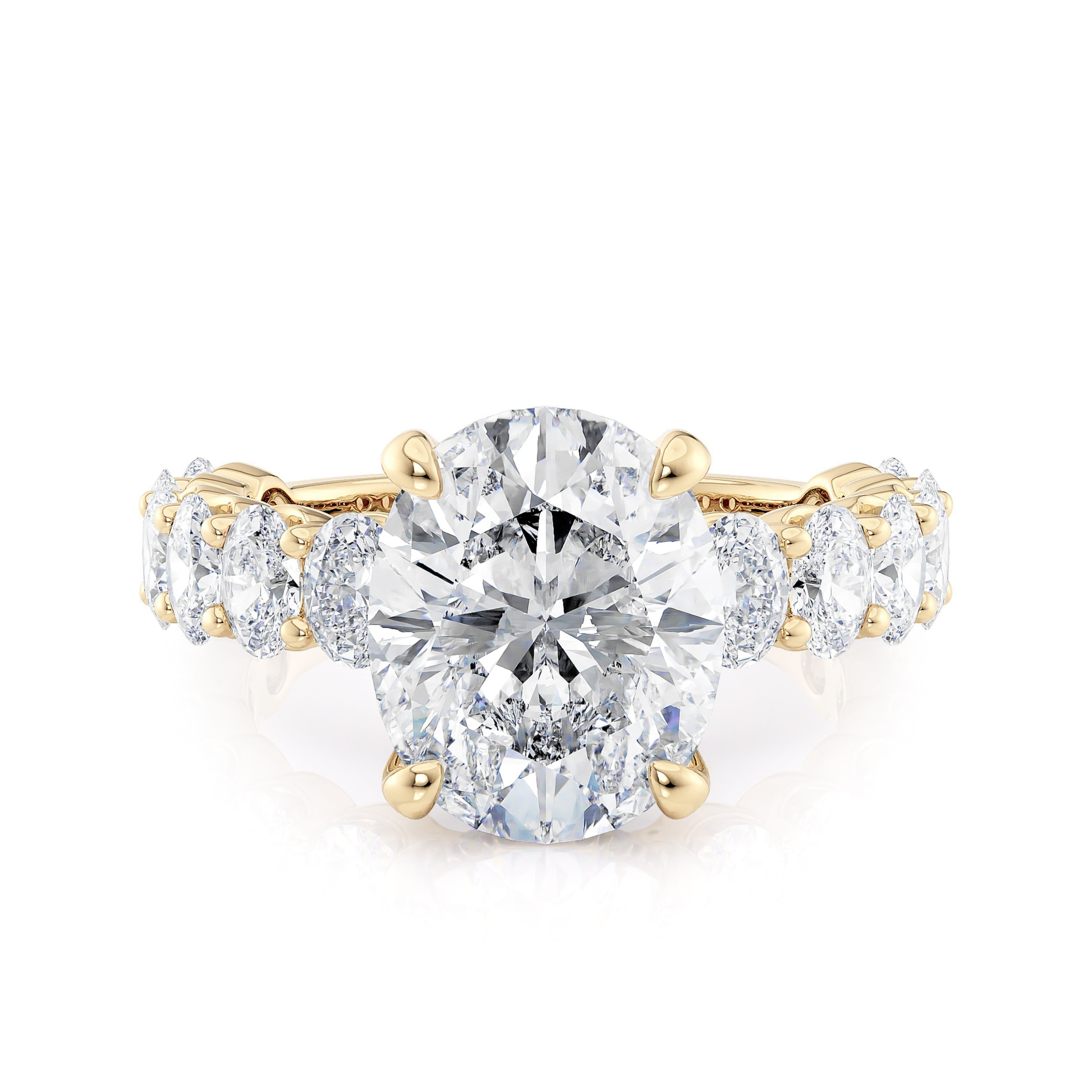
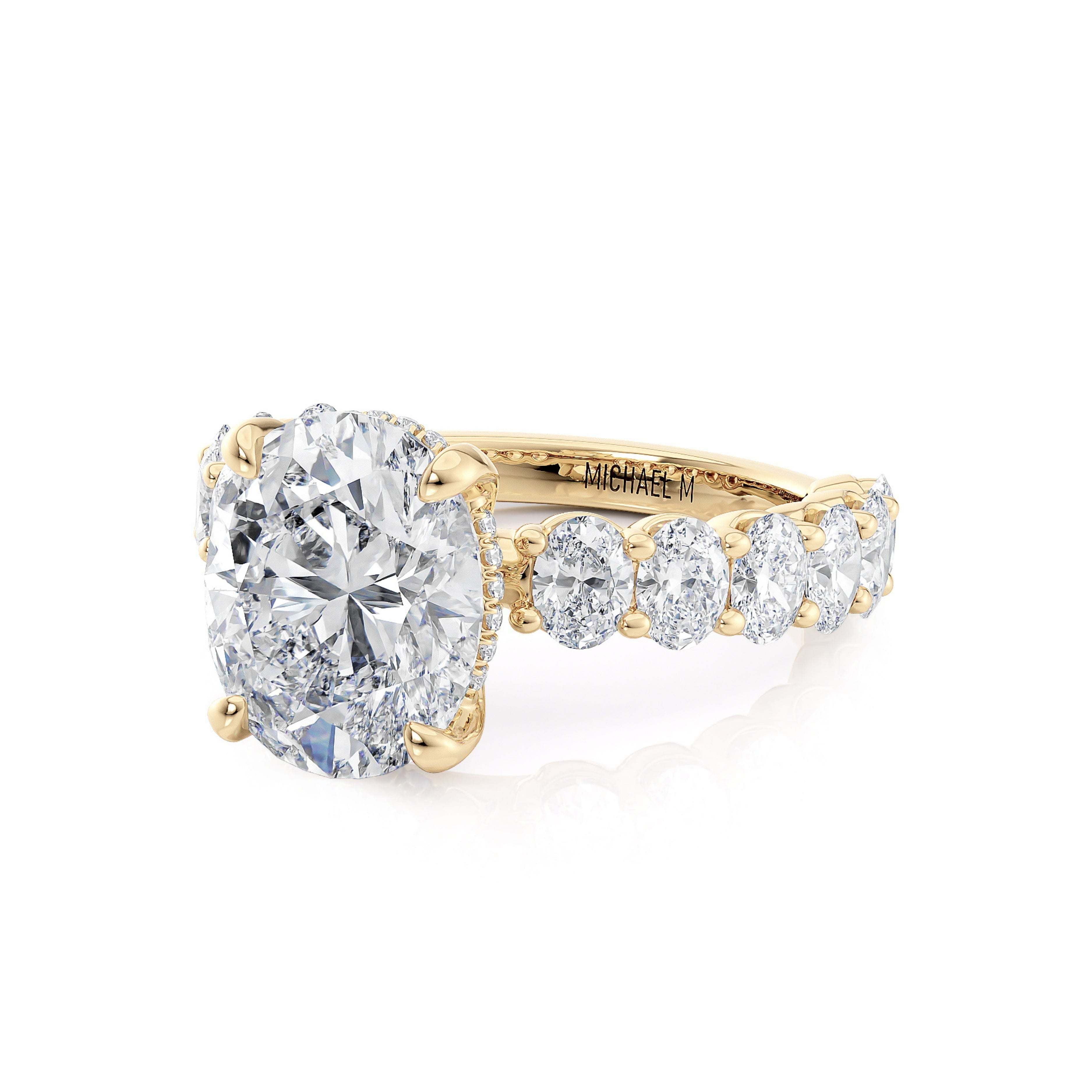


Leave a comment